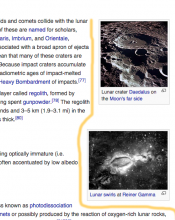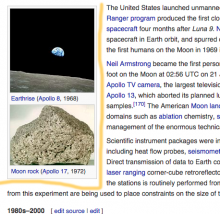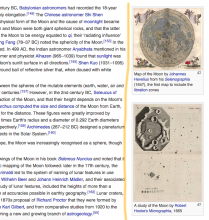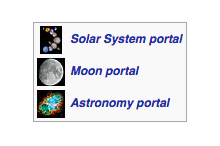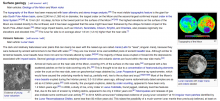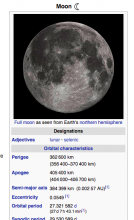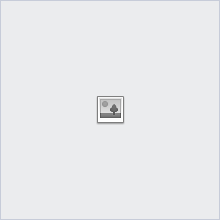Type of activity: Pre-scheduled session.
Main topic: Handling wiki content beyond plaintext
The problem
Our image option markup should have the means of applying site-wiki image options, customized by the administrators of the wiki.
For example:
[[File:Foo.jpg|style=thumb]] (replaces the existing 'thumb' option) [[File:Foo.jpg|style=largethumb]] (used by nlwiki to apply a second "larger" thumbnail size) [[File:Foo.jpg|style=fullwidth]] (appropriate for wide figures, timelines, etc)
These styles should be more semantic than the existing display-oriented image options, and more responsive display by adapting to the variety of different ways our content is viewed (including paper-oriented output). In addition to expressing semantic information about the intended use/display of the referenced image, this markup would reduce the reliance on ad-hoc templates for image styling.
Ideally these styles could be customized by the site operators, so we can determine evolutionarily what the best set of semantic styles ought to be. Something like:
[[Mediawiki:ImageStyle-largethumb]] 200x400px
would suffice to get started (the first line is the intended page title, the second is the page contents). Perhaps eventually this can be extended to use a separate content handler for GUI editing of the image style.
Note: The Maps extension currently allows for specifying width="full" for it's <mapframe> tag.
Expected outcome
Concrete next steps.
Current status of the discussion
There are a couple of strawman syntax proposals kicking around. One is above, a few more are in the comments below.
The basic idea has been the subject of an RFC meeting, a discussion session at Esino Lario, and discussion here on this phab task.
The use cases and basic idea of decoupling image layout are valuable here.
In place of the concrete syntax proposed here, we might actually want something more general, like a skeleton associated with T149532: Why Multi-Content-Revisions? Use cases and requirements. or T150461: Story Builder.
Links
- RFC meeting to discuss concrete syntax above: E68: RFC Meeting on #wikimedia-office IRC channel (2015-09-30 UTC)
- T112991: Semantic image styles / beautiful layout - further discussion
- Some use cases: https://phabricator.wikimedia.org/T90914#1691048
- Slides for one syntax proposal: https://docs.google.com/a/wikimedia.org/presentation/d/1LFzz4f4D6eMY25EVlFAH3TrvoWLkpU65AWmMdH54Hps/edit?usp=sharing
- A pair of productive discussion sessions at Esino Lario, on a related but broader topic: Rethinking the layout of Wikipedia articles
